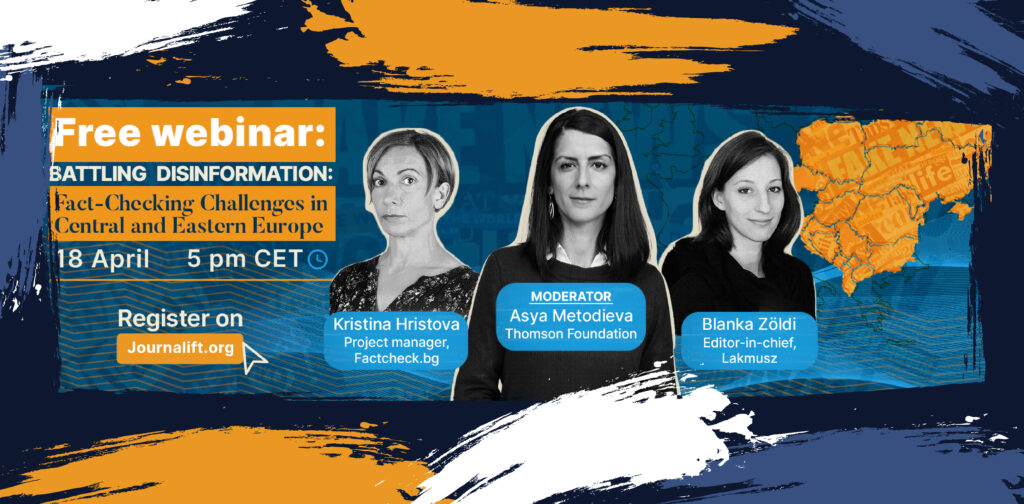The media has played a decisive role in covering the COVID-19 pandemic and Russia’s war in Ukraine. However, people have been turning away from the news recently – and the trust in news has fallen as well.
These are some of the most notable findings of the 2022 Digital News Report, published by the Reuters Institute for the Study of Journalism. We highlighted key insights from the report that help understand what is happening with the digital news market.
Bleak news agenda causes people to avoid news

The proportion of news consumers who say that they often or sometimes avoid news increased notably across all the countries. More people are limiting their exposure to certain topics or news altogether. Overall, 38% say they often or sometimes avoid the news – up from 29% in 2017.
According to the report, respondents selectively evade the news about the pandemic and politics because these topics negatively affect their mood. The number of people who avoid news increased in almost all markets. Most notably it doubled in Brazil, from 27% in 2017 to 54% in 2022, and significantly grew in the UK from 24% in 2017 to 46% in 2022.
“This type of selective avoidance seems to be less widespread in Northern European countries such as Germany (29%), Denmark, and Finland (20%), as well as in some Asian countries such as Japan (14%),” the report notes.
While the main data set was collected before Russia’s full-scale invasion of Ukraine, which started on February 24 this year, the trend has all of the chances to continue. Reuters Institute’s additional surveys of five countries post-invasion shows that while in some countries like Poland and Germany news consumption increased, selective avoidance expanded even further. In Poland, the number of people who avoid news increased from 41% from the pre-war period to 47% after the invasion.
This tendency, while understandable, as people cannot live under constant psychological pressure, is alarming for the news industry. As Russia’s war in Ukraine is one of the biggest international conflicts in Europe in recent history, and the pandemic did not go away fully, journalists will continue covering these topics among many other “depressing issues,” which might mean further avoidance from certain people.
Therefore, it is important for media organisations to find a balance between covering important issues and keeping the readership or viewership up.
Young readers – a new challenge to traditional news consumption

News avoidance is particularly relevant for the younger generation.
People under 25 are much less interested in traditional news subjects and don’t have a strong affiliation with specific media brands. That’s partly because their news consumption behaviour differs from other age groups. For example, they access news through aggregators, search engines and social networks.
Social media has long been a source of news for young people, but specific platforms are shifting.
Facebook is no longer a dominant source, with young audiences flocking to visual networks like Instagram and TikTok. The latter especially showed significant growth. 40% of people aged 18-24 use TikTok each week, 15% say they use the platform to find news.
Another alternative to Meta-owned platforms, Telegram, has also grown significantly in some markets analyzed like Italy and India. (Eastern European countries where Telegram usage for news is particularly high – Ukraine, Belarus and Russia – were not surveyed in the report).
For news publishers, it means that if you want to get the attention of the younger population, it’s finally time to get a TikTok account if you haven’t already.
Trust is falling despite past promising tendencies

Pandemic-era bump in news trust did not become a long-term tendency. Trust has fallen in almost half of the countries surveyed. Lower levels of overall trust can be found in 21 out of 26 markets that have been researched. This decline might also be a sign of the audiences’ pandemic fatigue and general loss of interest.
Perception of political and other biases by the media is another key reason for declining trust. For example, in the U.S., conservatives are more likely to distrust the news because they feel that mainstream media is leftist and biased against them. The data shows that the trust in the media started to fall since Donald Trump got elected and dropped to 26% in 2022.
By contrast, Europe perceives media biases in terms of elite or not elite. In France, the division is more about income and education – during the Gilets Jaunes protests, the news media were perceived to be pro-elite, as the trust in media dropped from 38% in 2015 to 29% in 2022. In Eastern Europe, lack of trust is connected to the issue of politicians, oligarchs or governments trying to control the media markets. The countries in the region show the lowest level of trust (Hungary – 27%, Slovakia – 26%, Romania – 33%)
Concerns over subscription growth

Across 20 countries surveyed, 17% people pay for digital news – this number hasn’t increased compared to last year. The number of paying digital subscribers increased only in some rich countries like Australia, Germany and Sweden.
The rapid growth of digital subscriptions which we saw at the height of the pandemic has stalled. “Online subscriptions are still rising in some places but slowing down elsewhere with fears that people will go on subscription diets due to the cost-of-living squeeze,” the report’s authors write.
More in the report: https://reutersinstitute.politics.ox.ac.uk/digital-news-report/2022
Disclaimer: This piece was originally published on The Fix Media.































